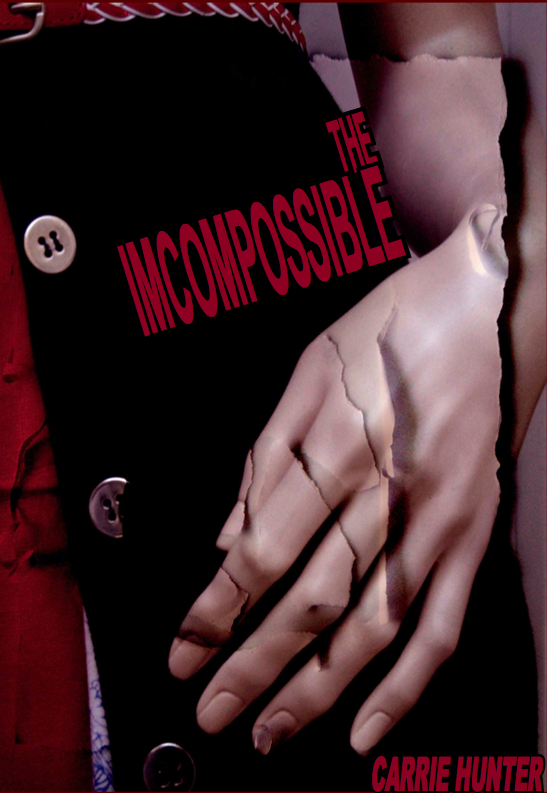Quoted from Megan Simpson's Poetic Epistemologies, page 67:
"H.D.'s account of her extraordinary vision of picture-writing appearing (as if projected from her own consciousness) on a hotel wall at Corfu in 1920, an account written 20 years later in "Writing on the Wall," offers another example of how the value of the sign, for H.D., lies in its very indeterminacy. Rather than seeking definitive meanings or translations of the signs as Freud had during H.D.'s analysis with him in 1933, H.D. emphasizes the multiplicity of available readings of the images and the impossibility of fixing on any one final meaning. Her comments about two of the six hieroglyphlike images that appeared in succession on the wall are particularly telling. About the third image to form, a circle with three lines supporting its base, she writes, "The tripod, we know, was the symbol of prophecy, prophetic utterance that of occult or hidden knowledge; the Priestess or Pythoness of Delphi sat on the tripod while she pronounced her verse couplets, the famous Delphic utterances when it was said could be read two ways" (Tribute 51). Significantly, H.D. interprets this image as the sign of indeterminacy itself, referring not to an external signified, but to another process of signification in which rereading is similarly problematized — the Delphic oracles. The fifth image, which H.D. names Nike, "is a moving-picture and fortunately she moves swiftly" (Tribute 55); this physical movement of the material signifier H.D. takes to be a symbolic manifestation of the unfixability of signs in general. And this may be why she attaches a special significance to this figure as representing signification itself, even claiming it as her own personal signifier-as-signifier: "Nike, Victory seemed to be the clue, seemed to by my own especial sign or part of my hieroglyph" (Tribute 56).
Tuesday, May 02, 2006
Subscribe to:
Post Comments (Atom)








No comments:
Post a Comment